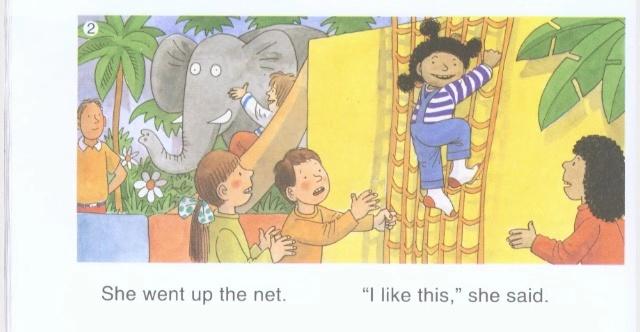按照中学教学进度,学完并列连词就是学习引导状语从句的从属连词了。状语从句的种类繁多,连词用法也比较复杂,让我们讨论它们用法的重点和难点。
首先是引导时间状语从句的连词,它们有:after, before, until/till, when,while ,as,as soon as, hardly…when ,no sooner…than,once,since,whenever等。

1.before除了有“在…之前”的意思,还有 “在…之后”、“没…, 不到… ”这样的含义。
在…之前:You should think more <before you do it>.
在…之后 :It will be four days <before they come back>.
四天后回来=在回来之前四天
= They will not come back <until four days later/after 4 days>.
没…,不到… They had not been married for four months <before they were divorced>.
结婚后不到四个月就离了。
The boys (had) rushed out <before the bell rang>. 铃还没响
2.until有两种含义:“直到…才”和“一直…到”
1)短暂动词只能与“not...until”连用。
直到…才:He didn't go to bed <until 11:30>. 11:30才上床睡觉
不能说:He went to bed <until 11:30>. 上床上到11:30
2)持续动词既能用于肯定,又能用于否定,但表示的时间概念不一样。
直到…才: He didn't study <until 11:30>. 持续动词,11:30才学习
一直…到: He studied <until 11:30>. 持续动词,一直学习到11:30

3.when, while, as 的区别。
1)各有特定含义,三者不能互换。
(1)表示(正)在…这时(just then),只能用when。
We were about to start <when it began to rain>. 正要出发,这时天下雨
We were having lunch <when he came in>. 正在吃饭,这时他来了
经验之谈:两个过去动作同时发生,相对持续的用过去进行时,相对短暂的用一般过去时。
(2)表示“而、在...同时“或对照、对比,只能用while。
“在...同时 : <While he loves his students>, he is very strict with them. 爱学生的同时要求严格 =He loves his students,|| but he is very strict with them.
对照、对比:You like tennis <while I'd rather hike>. 他喜欢...而我...,不同主语。
(3)表示”一边…一边“或”随着“ ,只能用as。
She sang <as she worked>. 她一边工作一边唱歌。
You will grow wiser <as you grow older>. 随着年龄的增长变得明智

2)表示“当...的时候”,when, while, as都可用,但要注意谓语动词的特点。
(1)when从句的动作可前可后、可同时,动词可持续、可短暂。
<When they got there>, the train had left.
I loved maths <when I was at school>.
(2)while从句的动作只能是持续动作,且同时发生。
<While he was in Beijing>, he visited the Great Wall.
We can learn <while we work>.
(3)as从句的动作同时,动词可持续、可短暂。
I saw him <as he was getting off the bus>.
,




